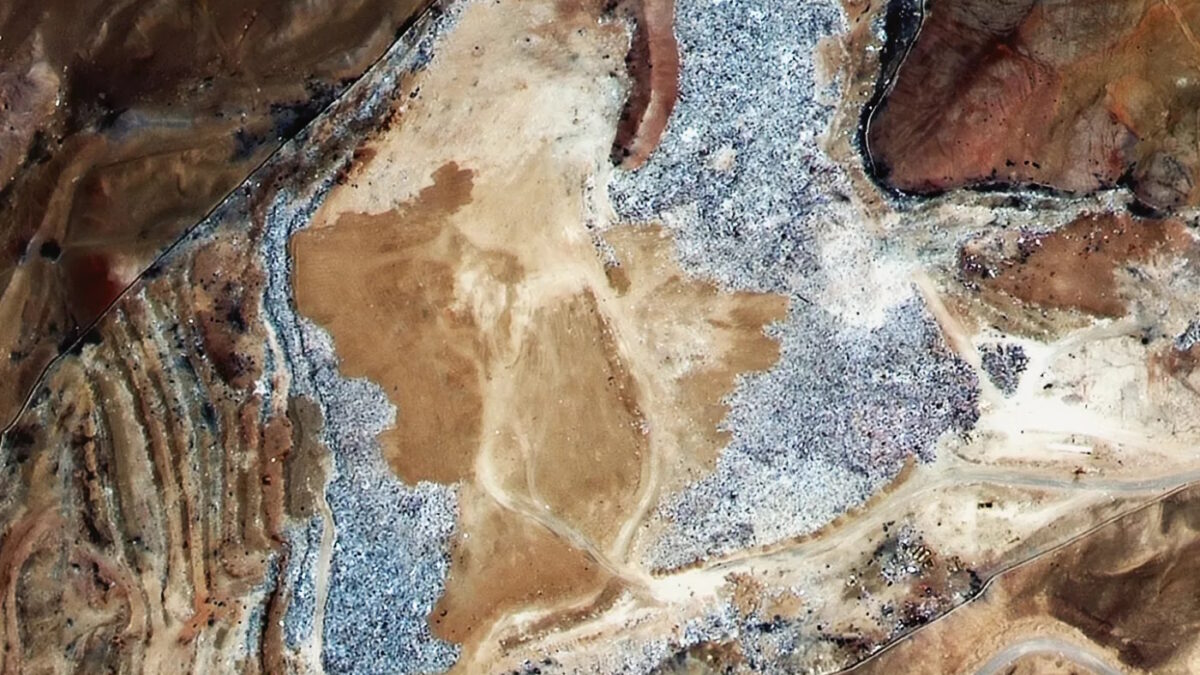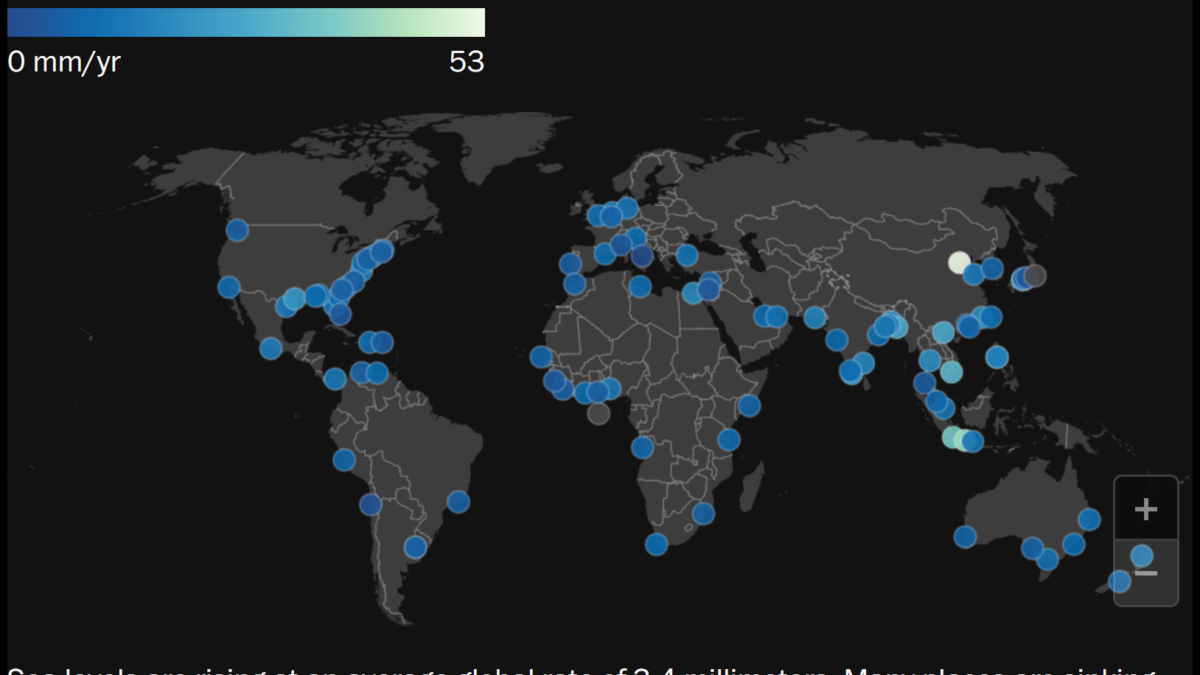Ozone hole mystery: Illegal sales of insulating chemical in China found to be source of rising CFC-11
By Matt McGrath
8 July 2018
(BBC News) – Cut-price Chinese home insulation is being blamed for a massive rise in emissions of a gas, highly damaging to the Earth’s protective ozone layer.
The Environmental Investigations Agency (EIA) found widespread use of CFC-11 in China, even though the chemical was fully banned back in 2010.
Scientists have been extremely puzzled by the mysterious rise in emissions. But this report suggests the key source is China’s home construction industry. Just two months ago, researchers published a study showing that the expected decline in the use of CFC-11 after it was completely banned eight years ago had slowed to a crawl. [cf. Emissions of ozone-destroying CFC-11 are rising again – “It is taking us away from timely recovery of the ozone layer”. –Des]There were suspicions among researchers that new supplies were being made somewhere in East Asia. Rumours were rife as to the source. There was a concern among some experts that the chemical was being used to secretly enrich uranium for use in nuclear weapons. The reality seems is more about insulation than proliferation.
CFC-11 makes a very efficient “blowing agent” for polyurethane foam, helping it to expand into rigid thermal insulation that’s used in houses to cut energy bills and reduce carbon emissions. Researchers from the EIA, a green campaign group, contacted foam manufacturing factories in 10 different provinces across China. From their detailed discussions with executives in 18 companies, the investigators concluded that the chemical is used in the majority of the polyurethane insulation the firms produce. One seller of CFC-11 estimated that 70 percent of China’s domestic sales used the illegal gas. The reason is quite simple: CFC-11 is better quality and much cheaper than the alternatives. The authorities have banned CFC-11 but enforcement of the regulation is poor.
“We were absolutely gobsmacked to find that companies very openly confirmed using CFC-11 while acknowledging it was illegal,” Avipsa Mahapatra from EIA told BBC News. “The fact that they were so blasé about it, the fact that they told us very openly how pervasive it is in the market, these were shocking findings for us.” [more]
Ozone hole mystery: China insulating chemical said to be source of rise
8 July 2018 (EIA) – Information obtained by the Environmental Investigation Agency (EIA) demonstrates conclusively that the use of CFC-11 in China’s rigid polyurethane (PU) foam insulation sector, in particular in the building and construction subsector, is widespread and pervasive.
CFC-11 is used as a foam blowing agent for the manufacture of molded foam panels and spray foam used for insulation purposes. EIA has evidence from eighteen companies in ten provinces that they use CFC-11.
Detailed discussions with company executives make clear that these are not isolated incidents but instead represent common practice across the industry.
EIA’s calculations show that emission estimates associated with the level of use reported by these companies can explain the majority of emissions identified in the atmospheric study.
In addition, there is significant potential for illegal international trade in CFC-11 containing pre-formulated polyols for foam manufacturing in other countries.
The scale of the compliance issue is such that it cannot be treated as a series of isolated incidents. EIA urges the Government of China and the Parties to the Montreal Protocol to acknowledge the scale of this environmental crime and take immediate action to investigate further, implement legislative reform and ensure effective intelligence-led enforcement. Only through urgent and comprehensive action can the Montreal Protocol ensure that it continues to merit its reputation as the most effective global environmental treaty.
Blowing It: Illegal Production and Use of Banned CFC-11 in China’s Foam Blowing Industry


